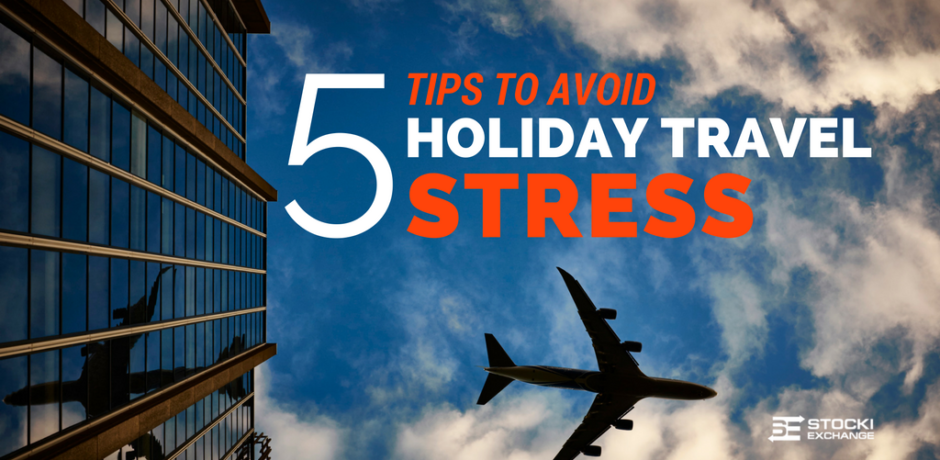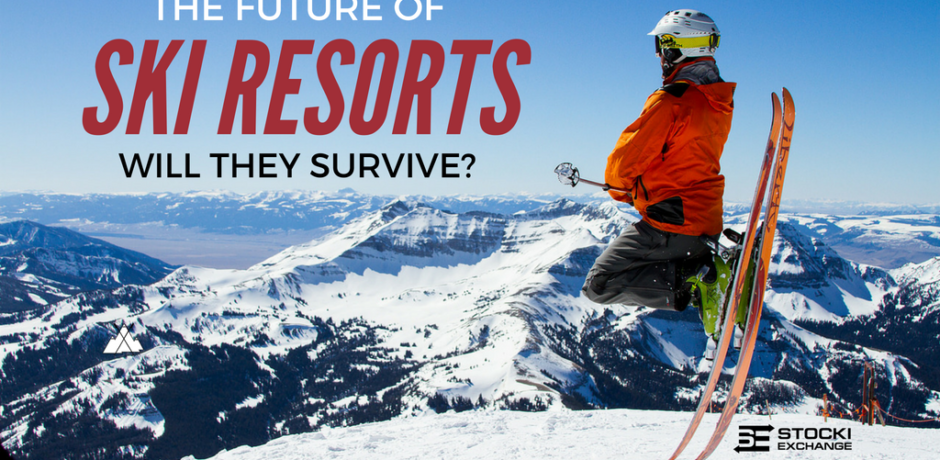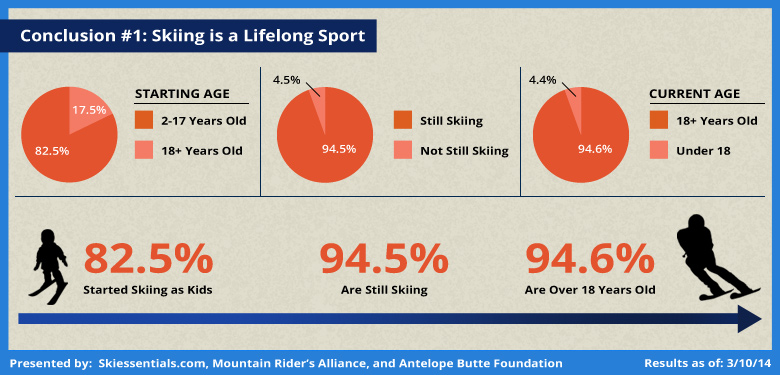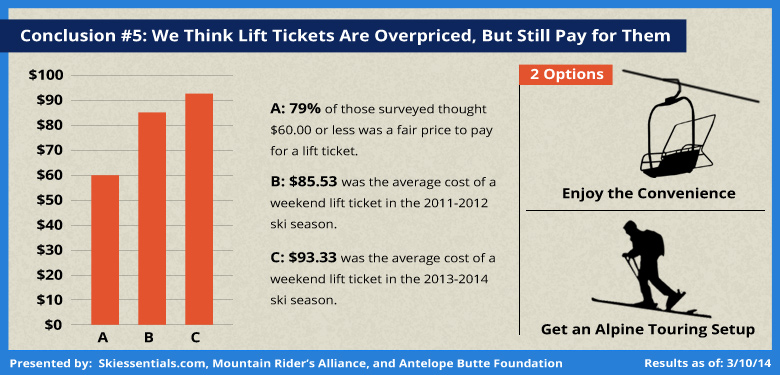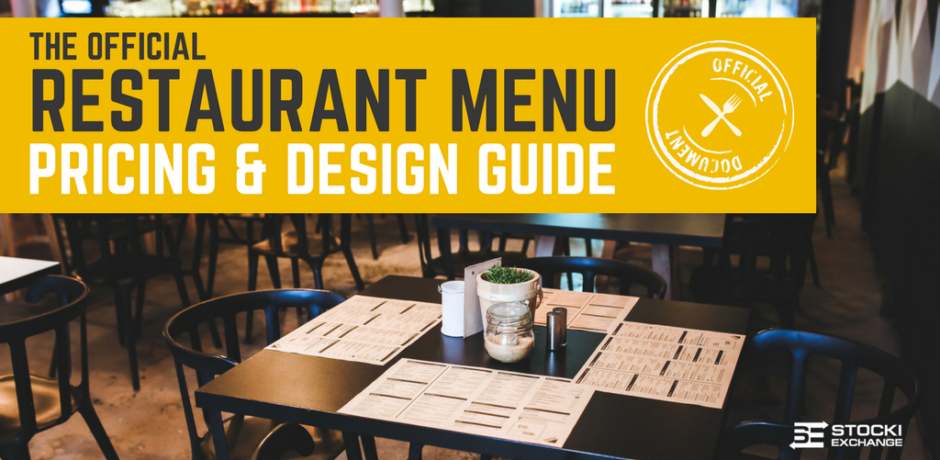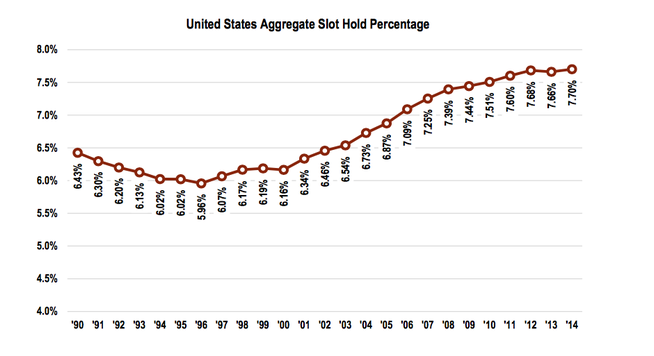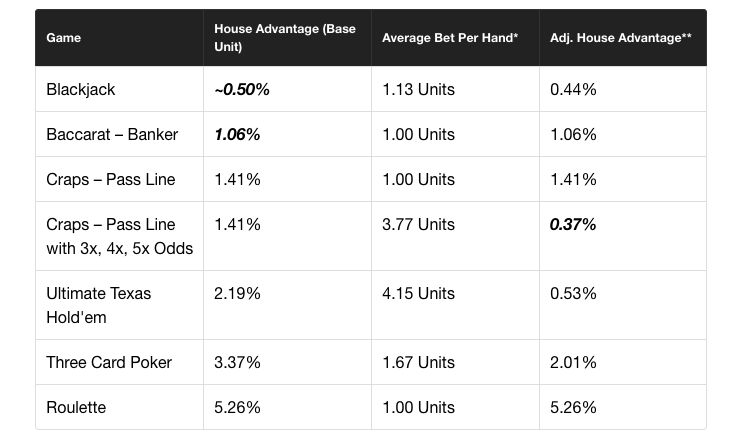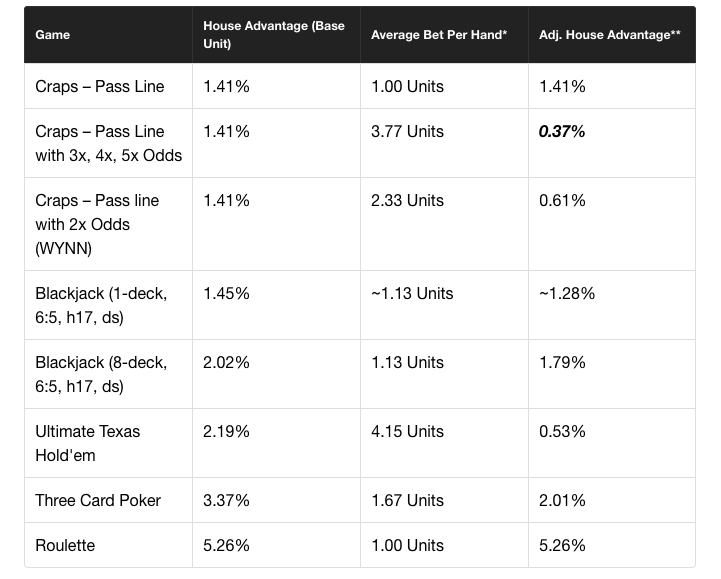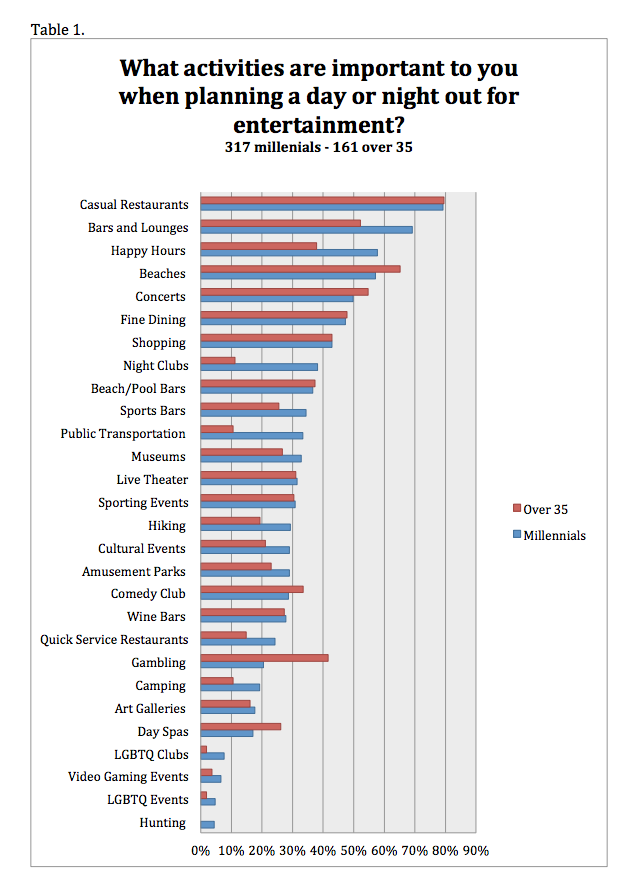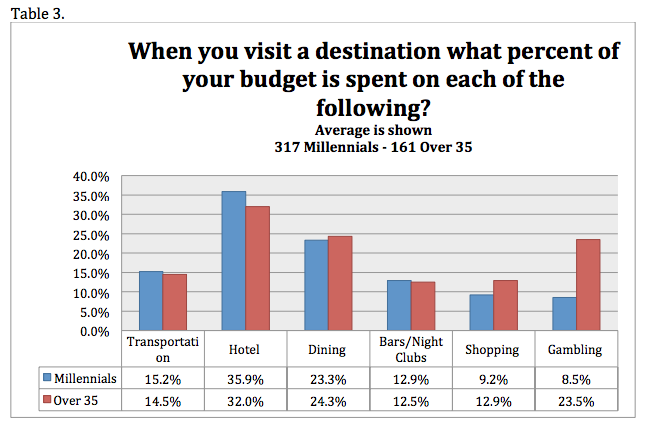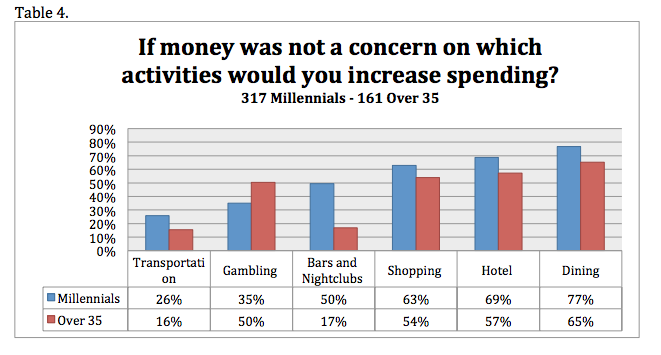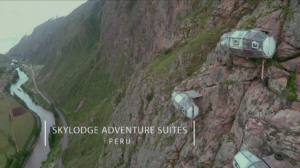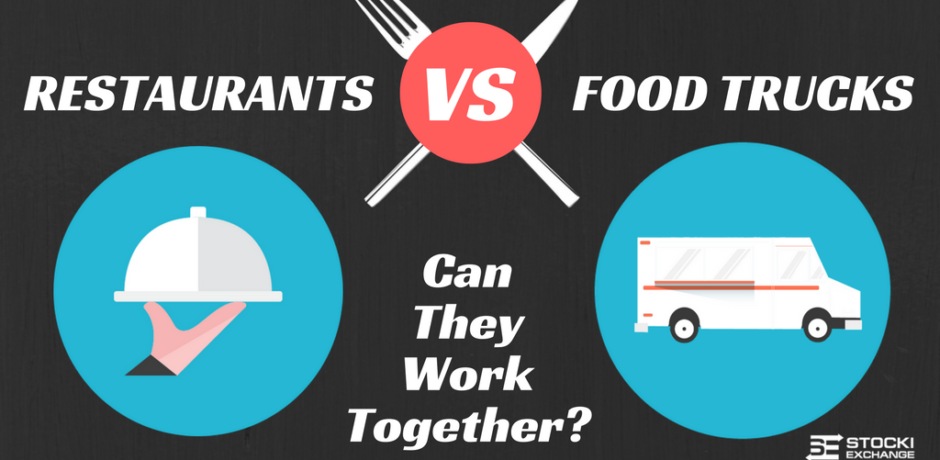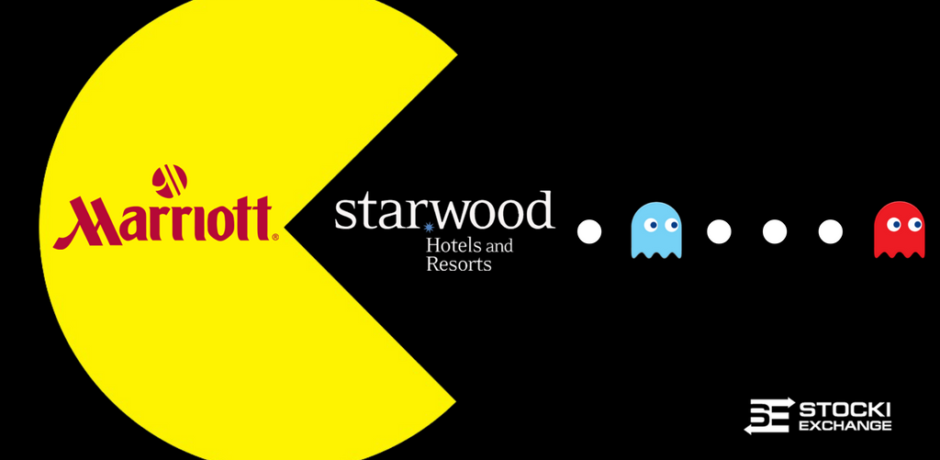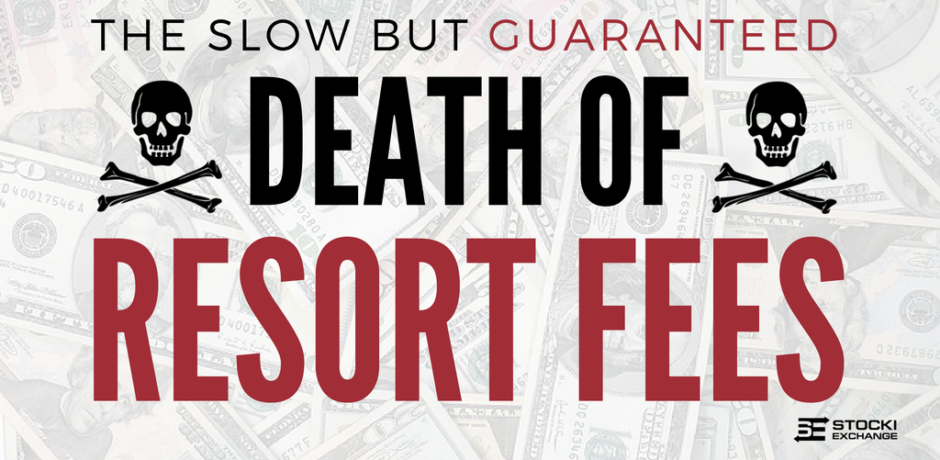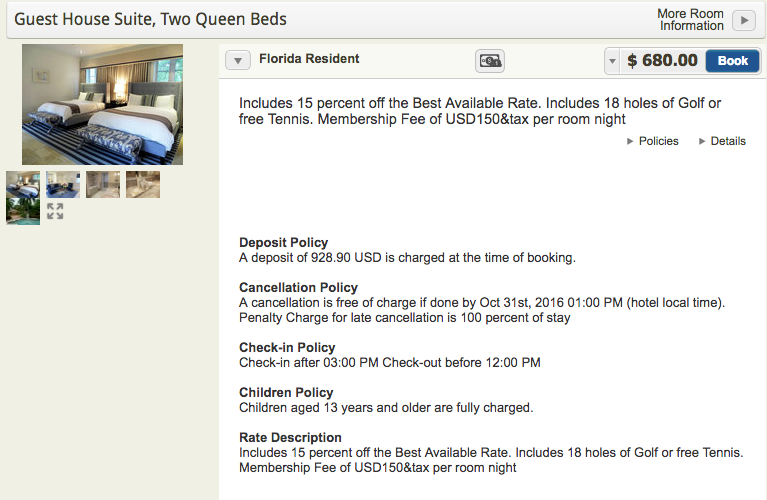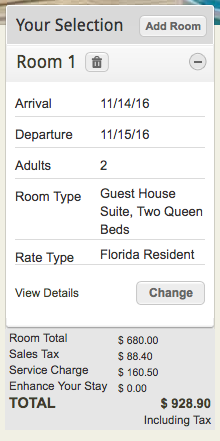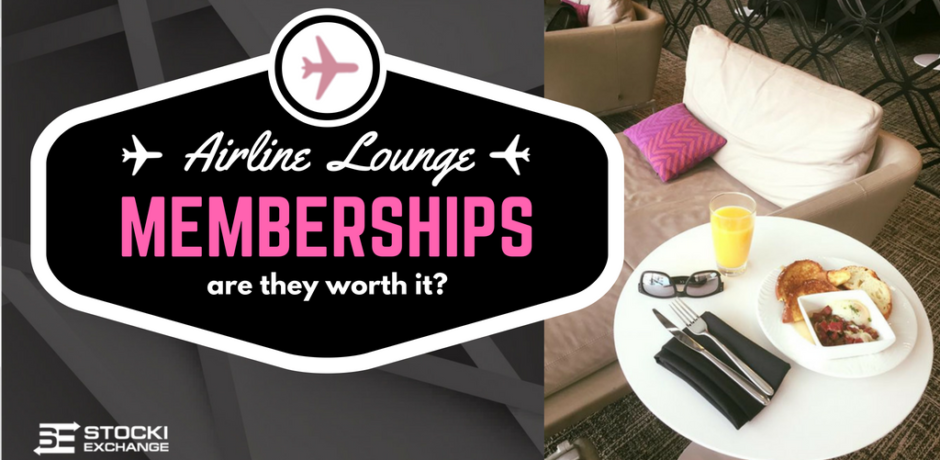Author: admin
Let’s face it, travel during the holidays can make you want to yank your hair out. I would be lying if I said I’ve never felt that way. But, over the years I’ve accumulated a few tips and tricks that have made a significant change in how stressful I find holiday travel. Here they are in all of their shining, keep-your-fingers-crossed-for-an-upgrade-and-an-aisle-seat, glory!
Security Tips
- Imagine skipping the majority of airport security, keeping your shoes and belt on, and leaving your laptop in your bag. These are a few of the perks of TSA PreCheck and Global Entry. If you fly more than once a year the $100 Global Entry fee ($85 for TSA PreCheck) is totally worth the time, energy and sanity you’ll save.
- Make sure you’re organized. It makes security a lot less of a hassle. I suggest putting your change, keys, belt, jewelry, and phone in your carry-on before getting in line. If you’ve got kids, look to see if there is a family lane available as well. For the latest and most up-to-date security information always check the TSA Travel Checklist before leaving for the airport.
- Last but not least, if traveling internationally, keep a paper copy of your passport on you just in case you lose your actual passport. Being stranded without identification in a foreign country is about as scary (and stressful) as it gets. This will help if you need to get into a US embassy when abroad.
Banking
- This goes without saying, but make sure you put a travel notice on your credit/debt cards and make sure you have a bit of cash in the local currency. If you give your bank a few weeks notice, you can get some of the best exchange rates. Cash is king in the event that you run into an issue with your plastic.
- Better yet, apply for an American Express charge card that comes with a host of travel perks and no foreign transaction fees. If you’re a fan of earning miles this is the card for you. If you prefer to earn points towards hotel stays, here’s the one with your name on it. These aren’t affiliate links, I’m just a big fan of the American Express experience.
Preparation
- Pack for your trip a few days beforehand and assess whether or not you need it all the day of. Odds are, you can probably cut a few items you originally packed. I make it a rule to remove at least three things I had originally packed before departing.
- Leave a bit of space in your bag as you’ll likely pick something or many things while on vacation as well. Nothing is more stressful than paying up to $200 at the gate because the tchotchkes you picked up put your luggage overweight.
- If possible, fit everything in your carry on. Do you really need to bring 4 pairs of shoes for a 3 day trip?! No. You don’t have to worry about lost or delayed luggage if you don’t check anything. Land and you’re off to the races.
Start Your Vacation Early
- Head to the airport early and treat yourself to a day-pass at an airport lounge. Some of the most popular airline lounges include the Delta Sky Club, American Admirals Club and the United Club. They each run $59 a day for non-members.
- If you’re an American Express cardholder, you should consider spending a bit of time in the Centurion Lounge if your terminal has one instead.
- Here’s a bit of extra information about the perks that airport lounges offer. If you’re a frequent traveler outside of the holidays, find out if an airline lounge membership is right for you!
Ground Transportation
- If you use Uber, Lyft or another ride-sharing service frequently, look up you arrival airport to see if they have a special area for ride-sharing services to pick up and drop off as many don’t allow them to operate in the same locations that traditional taxis can. Navigating through an unfamiliar airport can be a huge stressor and waste of time.
- Call or email your hotel ahead of time to see if they offer a free shuttle to and from the airport. That information can save you a lot of anxiety. Even if they charge for the service, it may be well worth it and surprisingly similar to the price of taking a taxi.
Bonus: Tip Your Flight Attendants
- Flight attendants have the ability to provide perks for travelers in the same way that hotel front desk agents do. Unfortunately, they tend to end up on the receiving end of many traveler’s frustrations. A little appreciation goes a long way. When you’re sitting in coach on a long flight, a $10 or $20 tip may help ensure that you get some special attention. If you play your cards right, you might be able to squeeze out a cocktail or two.
So there you have it. A few key things to remember if you’re looking to make your holiday travel as stress-free as possible. If you’re a frequent traveler and have any go-to tips or tricks, I would love to hear from you. Shoot me an email at John@StockiExchange.com or leave a comment below.
Over the past decade and a half, regional ski resort visits throughout the U.S. have been largely stagnant or in decline. Per Snowsports Industries America 2015 Fact Sheet, nationwide visits peaked at 60.5 million in the 2007/08 season and dropped to an almost 15 year low of 52.8 million in the 2015/16 season. Why is this and what does the industry need to do to remain viable long-term?
Lack of Early Adoption
First and foremost, early adoption is key in determining whether or not a consumer will EVER get involved. In a 2014 Ski Essentials survey, almost 32% of people started on the mountain between the ages of 2-5 and a whopping 82.5% began before the age of 18. Of those that started before the age of 18, 94.5% are still skiing.
Sadly, even high retention among those that get started early may not be enough to save snowsports long term. In the late 70’s there were roughly 735 resorts in the US. By the 2013 season, that number was down to 470, says Unofficial Alpine. That means the nearest ski hill is getting further and further away from the average family, making it even more of a hassle to get involved for those who are interested.
Exorbitant Costs
Above and beyond issues around interest and access, the increasing cost of participation has also put a damper on consumer behavior. In the 2013/14 season, the average weekend lift-ticket price was $93.33 per Ski Essentials. Factor in equipment rentals and food and you’re talking about well over a $150 day…per person! Now you may be thinking, “yeah, but those are Colorado prices,” and you would be correct. But cutting the number in half for smaller local hills still makes a day trip for a family of four roughly $300. Numbers like these are a still a significant investment for many families and a tall barrier to entry for new consumers interested in giving the sport a try. To take it a step further, look at what it would cost to BUY all new equipment for a family of four. Not to mention having to replace equipment for growing kids around every two seasons. The total costs skyrocket.
Solutions
First and foremost, ski resorts must work to build relationships with local schools if they want to help groom the next generation of lifetime skiers. Roughly 11% of those surveyed by Ski Essentials said they were introduced to skiing through a ski club. Beyond that, the average estimated ski club trip costs between $26-$40 unlike the typical family trips mentioned above. That means there are swaths of youngsters out there with the potential to get into skiing while young and at an affordable rate. I call that untapped potential.
Furthermore, those small and medium “beginner” resorts need to rethink the overall costs of a day of skiing. Discounted lift tickets are helpful, but the price of equipment rentals and food often make a seemingly affordable day anything but.
Second, everything possible must be done to keep small local ski hills open. They are key to ushering new skiers into the fold. So much so, that over 60% of skiers surveyed say they learned on local hills with less than 1600 feet of elevation. And once they’re involved, they tend to stay involved for life. Many of these ski hills are community funded and/or non-profits. If you’re passionate about snowsports, make sure you advocate for continued funding for these type of local ski hills and help with fundraising efforts to keep them alive.
Industry consolidation will play a key role here as well. If large players like Vail Resorts continue to purchase and invest in small properties (like they did recently with Wisconsin’s Wilmot Mountain) there may be hope for the little guy. Investments in diversifying entertainment options at these properties creates viability by bringing in much-needed non-skiing revenue. However, this type of consolidation can also lead to price increases, which could ultimately be detrimental to the industry as a whole, as research shows that cost of entry is a large barrier to new consumers.
Finally, the industry must embrace dynamic pricing as quickly as possible. This means taking everything from the weather to on-premise hotel inventory into account when setting prices vs. working with a dated static pricing structure. It means offering discounts for those who purchase lift tickets in advance, raising prices as the date approaches, and potentially cutting them drastically on days with low turnout or poor weather forecasts. While this sounds complicated, companies like Liftopia have been helping resorts implement this model for the past decade. Mammoth Mountain Ski Area told Bloomberg that it increased its advance sales by 15% the first season it implemented the model.
Only time will tell if the industry is going to respond appropriately. Will the major players in Colorado put today’s profits ahead of nurturing tomorrow’s customers?
Do you work at a ski resort and have an opinion you would like to share? Leave a comment below or email me at john@stockiexchange.com.
Your menu is one of the most effective tools you have at your disposal when it comes to running a successful and sustainable restaurant. Pricing issues, confusing layouts, and menus with too many (or too few) items can lead to frustration for your guests as soon as they sit down. Any of these issues can wreak havoc on your ability to create market-leading check averages. Below I’ve included a few menu pricing & design tips and tricks that I’ve accumulated over the years.
Eliminate Ambiguity
Have a clear pricing separation between appetizers and main courses. Guests make significant assumptions about your dishes based on price alone. If all of your appetizers are $12-$16 and your mains are $12-20, re-think where your dishes fit. You have to strike a balance between price and portion.
Pro-tip: Examine your appetizer offerings closely. Include some to enjoy individually as well as some that are meant to share. Make sure you note which are which. This make ordering much easier for groups.
Highlight the Details
These days, it seems like everyone has a food allergy or some kind of intolerance to something. Well, everyone likes to act like they do anyways. Go out of your way to mark dishes that cater to specific dietary restrictions (vegetarian, vegan, gluten-free, etc.). This helps direct guests towards dishes that fit their diet without staff involvement.
Pro-tip: You can have fun with this. While dietary restrictions and spice-level are no-brainers, things like the region a dish is from, portion-size,and protein type could all be noted using creative indicators as well.
Form vs. Function
Have you ever sat down at a restaurant with menus the size of a road map? You were probably as annoyed as I was the last time it happened to me. Unique and beautiful menus are great, but they can’t be so unruly that place settings need to be moved just to set them on the table. At that point, they’re taking away from the experience instead of adding to it.
Focus on Photography
Frankly, photography isn’t a fit for every every menu. But, it goes without saying that if you’re going to do it, do it right! Invest in a professional photographer and utilize the images wisely. If you have a unique dish, focus on it. Sometimes a written description just can’t do it justice.
Pro-tip: Be sure to include photos of appetizers and desserts. People eat with their eyes and it’s a lot more difficult for guests to overlook those money makers when they see how delicious they look.
Looking for a great food photographer? Check out Green Frog Photo!
Separate Dessert Menus
Give your kitchen the ability to offer unique treats by pulling dessert off of your regular menu. This makes it easier to update on the fly. Doing this also gives your service staff additional opportunities for suggestive selling.
Pro-tip: The dessert tray is a thing of the past. They’re too hard to maintain and can do more harm than good. Avoid them!
Don’t Forget the Kiddos
Like photography, kids menus aren’t for every establishment. But if you’re going to have one, do it right. Make them as interactive as possible. Anything you can do to help parents keep their children occupied makes their experience better…not to mention the experience of the diners around them.
Pro-tip: Crayons are great. Paper tablecloths and crayons are better if they fit into your restaurant theme!
Wrap Up
In general, restaurants need to have the less is more policy going forward. Having fewer items that you knock out of the park allows you to deliver a fresher, more consistent product day in and day out. That allows you to keep your food costs and prep time down and makes menu analysis much, much easier. Proper use of your digital POS allows you to see what sells, when it sells, and how much of it you sell so you can optimize your menu over time. This is how you figure out what people like, what’s most profitable for you, and what’s costing you money.
I would love to get your feedback on menus you’ve either loved or hated. Reach out to me at John@StockiExchange.com.
Big surprise, Las Vegas gaming revenues are down and Millennials are to blame. At least, that’s what the numbers say, right?
One of the regularly cited statistics regarding Millennials and gambling comes from a 2015 UNLV Center for Gaming Research study. In it, UNLV found that in 1984, gaming made up 58.63% of revenues on the strip but have declined every year since, reaching a low of 34.90% in 2015.
Read another blog: Why Millennials Love Airbnb
Since there are more Millennials now than there were in 1984, the only conclusion we can come to is that they don’t like gambling as much as previous generations. There definitely couldn’t be any other factors to take into account…
Sarcasm aside, we can clearly see that gaming revenues in Nevada started to decline in the mid to late-90s before being overtaken by non-gaming revenues around 1999. This means gaming revenues started to tumble when the first Millennials were not even old enough to walk into a casino.
Where Did The Problems Start?
Before we dive into Millennials specifically, let’s examine the modern history of gambling in the United States. Nevada legalized most forms of gambling in 1931, New Jersey followed suit in 1977 and in 1988 the Indian Gaming Regulatory Act allowed tribes to offer gaming on their reservations. This means that prior to 1988, the ONLY places in the U.S. to gamble in a casino were located in Las Vegas and Atlantic City. Today, gaming in the U.S. is a $70B+ industry that includes over 1500 properties. Casinos have never been more accessible to consumers.
On top of increased competition, casinos have also been active participants in their own demise through decades of steady house-advantage increases.
The slot hold percentage nationwide went from 5.96% in 1996 to a whopping 7.70% in 2014. However, slot players weren’t the only ones feeling the squeeze. Changes in table games dynamics took the house advantage from this:
To this per The Motley Fool.
“Casino gambling in general has matured, and Millennials (and the rest of America) are doing what you would expect people to do when they become more knowledgeable about gambling — gamble less,” says The Motley Fool. In the past, this would’ve flown under the radar for casual gamblers. In the information age, this is incredibly easy to read about and consumers aren’t having it!
None of this is to say that there aren’t differences between Millennials and older generations. The point is that blaming Millennials for declining gaming revenues would be an egregious overstatement. There are a number of external factors have have led to the decline in gaming revenues in Las Vegas, most of which originated before Millennials were old enough to be on the casino floor.
But What About The Millennials?
There certainly are differences between how Millennials plan their entertainment versus their older counterparts. The Stockton University Millennial Entertainment Preferences Study highlighted a 21% difference between the importance of gambling between Millennials and those over the age of 35. Out of 28 activities, gambling ranked 21st in importance for Millennials vs. 7th in importance for Non-Millennials.
In fact, Non-Millennials tend to spend 23.5% of their entertainment budget on gambling versus just 8.5% for Millennials.
And, even if money was of no concern, Millennials would still allocate money towards lodging, dining, shopping and going out over gambling.
“What’s happened in the past three decades is not that there is inherently less interest in gambling on the Strip, but rather that the market for Las Vegas has broadened beyond people who only come here to gamble,” says The Motely Fool. “Those people…” are Millennials.
Saying Millennials don’t gamble because the percentage of total revenue from gambling generated on the strip has declined is just not true. It’s a convenient usage of a statistic to try to prove a point which may have a correlation, but not causation. In 2015, the state of Nevada brought in $10,622,398,628 in gambling revenue, which is the third highest amount in history, only surpassed by 2007 & 2008 figures. In 2015, Nevada Casinos generated the most revenue in history at a staggering $24,591,388,351. Yes, those figures are in the BILLIONS.
Day parties, night clubs, restaurants, shows, and the hotels themselves are now the draw. And that’s not surprising. Many Millennials left college during the recession with crushing student loan debt and the highest house advantages ever. Can you blame them for spending their money on other forms of entertainment? I can’t.
Check out this article: Marriott Buys Starwood: What it means for the Travel Industry
Do you know of any other research on the topic or have any more thoughts to add? Leave a comment below or shoot me an email and we’ll chat!
Entrepreneur and Hospitality Consultant, John Stocki, has been hired as a Travel Expert and Segment Producer for a new luxury hotel TV show, Great Escapes. Stocki will be traveling the globe visiting unique and luxurious hotels to be featured on the internationally distributed show scheduled to begin airing in Fall of 2017.
Great Escapes Show Brief
Great Escapes is a 30-minute 39-episode television series created and produced by Bellum Entertainment. Based in Los Angeles, CA, Bellum Entertainment is known for producing other award-winning shows that include Corrupt Crimes, Animals Unleashed, Justice Served: Murderous Affairs, Fix It & Finish It, and many others. Together with Bellum Entertainment’s Co-Executive Producer Chris Loud and Producer Morgan Burke-Beyers, who are both Michigan natives, John will be filming and producing the remaining episodes from remote locations around the world with final editing and production being completed in Los Angeles, CA.
Great Escapes has been acquired by Sky Vision, the international distribution division of SKY, and is being distributed domestically by Bellum’s dedicated sales team. The show will be broadcast to ~75% of major city markets throughout Europe, Asia, and the United States on multiple platforms. Agreements have already been accepted for the show to broadcast on Video On Demand services including Hulu, Amazon Video, and Roku starting in 2019. A conservative estimate of global viewership is at 2 million+ and the show will be broadcast internationally for over 10 years.
John is ready to travel and expose some hotels and destinations throughout the world that are truly Great Escapes. Follow the development of the show and John’s travels via the Great Escapes Facebook Page, YouTube Channel, and Website.
Hotels Features, Sponsorships, & Product Placement Opportunities
John’s company, Stocki Exchange, a hospitality consulting firm, has also been hired to lead and manage all Sponsorship and Product Placement opportunities for the show. Companies and/or products we’re interested in featuring include luxury or unique hotels/resorts, casinos, international airlines, luxury travel products (luggage, headphones, watches, etc…), online travel agents, tour companies, Country or State Tourism Organizations, Destination Management Companies (DMC), hospitality suppliers, and alcohol producers.
Are you or do you know someone who would be interested in receiving additional information regarding sponsorship/product placement opportunities? Send an email to john@stockiexchange.com and download a PDF show brief. (Updated June 2, 2017)
About John
Born and educated in the United States, John Stocki launched his career on a global scale working in Australia, United Arab Emirates, China, and the US, as well as traveling and training in over 30 countries and 29 states throughout the US. His passion was developed in the hospitality industry where he worked with international luxury hotel brands in marketing, public relations, and eCommerce roles. He brings a straightforward approach, laced with direct personal experience, to his special and unique style which makes his company – Stocki Exchange – so distinctive.
In 2012, after returning to the US, John started the Stocki Exchange – A hospitality consulting firm for hotels & resorts, restaurants, breweries, and bars. He now acts as the company’s CEO and is also a successful Keynote Speaker for topics including travel, and hospitality sales & marketing. John is also a Consulting Partner with Mocinno International, a global hospitality management company with offices in Copenhagen, Stockholm, Palma, Dubai, London, Amsterdam, and Michigan.
He is a Contributor for The Huffington Post, Startup Grind, and Hostfully. During his travels for the filming of Great Escapes, John will be writing destination travel features, posting reviews of his experiences at hotels, as well as sharing his travels on all his social media accounts. Interested in having your brand or product included in a destination feature? Email John.
Be sure to Follow John’s travels via Social Media
Facebook: http://facebook.com/johnstocki
Twitter: http://twitter.com/j_stocki
Instagram: http://instagram.com/johnstocki
Linkedin: https://www.linkedin.com/in/johnstocki13
Medium: http://medium.com/@johnstocki
Follow the Stocki Exchange:
Facebook: http://facebook.com/stockiexchange
Twitter: http://twitter.com/stockiexchange
Instagram: http://instagram.com/stockiexchange
Website: http://stockiexchange.com
The food truck movement has been picking up speed for close to decade now. Food trucks have seen a revenue increase of 12.4% over the past five years as they’ve grown into a $1.2B industry per StatisticBrain. While consumers are ecstatic about the unique eats they can get their hands on, many restaurant owners are anything but.
Meshe Armstrong, co-owner of Restaurant Eve in Alexandria, Virginia penned a letter to the editor of the Alexandria Times hitting on many of the key issues brick-and-mortar restaurant owners have with food trucks today. The excerpt below does a nice job of summing up the way many restaurant owners around the country feel:
Who will regulate the unscrupulous? Who will prevent a coffee truck in front of a coffee house? Will a bakery truck be justified to park in front of my bakery? I sweep the street, plant the flowers, pay litter taxes and then someone who buys a cupcake from a truck can throw their wrapper in my litter box and proceed to use my bathroom. Will the city then abate some tax or provide community toilets? Will the city need to employ more health department inspectors on my tax dime to ensure proper inspections? Will I be able to speak at a hearing so I know their parking intentions as restaurants must? Are you going to forget about the mom and pop who put down roots in Alexandria before food truck fever struck?
Armstrong makes some very real arguments. The city of Chicago, for example, has recently come under fire from restaurateurs and food truck owners for their legislation regarding standing time and proximity to brick-and-mortar establishments.
My perspective is that the food truck movement is an chance for brick-and-mortar establishments to grow. Complaining doesn’t change the game, but learning from your competition does.
Here a few ways I believe brick-and-mortar restaurants can work with food trucks:
Buy Your Own Truck
If you can’t beat ‘em, join ‘em. 19 percent of fast casual restaurants say they are very or somewhat likely to launch a food truck in the next year or two, according to the National Restaurant Association. Here’s a great piece from Restaurant Engine on how to use a food truck to supplement your restaurant. Per StatisticBrain, you can get the average food truck in the U.S. up and running for around $90k.
Partner on a Signature Dish
This is a two way street. If you’re known for your potato salad, partner with a sandwich truck to have them offer your dish as a side. Alternatively, if the truck has a signature dish that might compliment your offerings, see if they would be interested in having you serve it. Comarketing can go a long way in helping both parties out here.
Ticketed Dinners
Many food trucks live and die via social media. Their ability to broadcast their location to a band of loyal followers keeps them afloat as they move around town. Why not invite them into your establishment for a ticketed dinner that you copromote? You get to take advantage of their social presence, make new industry contacts and pull diners in that may not have even been aware of your venue.
Host a Chef Swap Competition
Consider buddying up with a food truck and doing a chef swap competition. Invite them to your venue and have your chef put his or her spin on their food, cooking in their truck. They do the same in your kitchen. Invite multiple trucks if you really want to pull in a crowd.
Create your own Street Food Lunch Menu
Creativity is the name of the game for many food trucks. The novelty of trying something unique for an affordable price is what pulls consumers in. Why not give it a try? You can’t be so in love with what you do that you’re not willing to try new things.
So what are your thoughts? I would love to hear from those of you out there running your own brick-and-mortar establishments. Have you considered working with food trucks or even starting your own? Send me an email at John@StockiExchange.com or contact me here.
Marriott International’s (MI) recent purchase of Starwood Hotels & Resorts Worldwide for $12.2 Billion dollars, makes it the largest hotel chain in the world. MI now controls 30 different brands, almost 5,800 properties and 1.1 million rooms in more than 110 countries worldwide. That’s more than 1 out of every 15 hotel rooms in the world per the Los Angeles Times.
Marriott controlled brands now include: Bulgari Hotels and Resorts, The Ritz-Carlton and The Ritz-Carlton Reserve, St. Regis, W, EDITION, JW Marriott, The Luxury Collection, Marriott Hotels, Westin, Le Méridien, Renaissance Hotels, Sheraton, Delta Hotels by MarriottSM, Marriott Executive Apartments, Marriott Vacation Club, Autograph Collection Hotels, Tribute Portfolio, Design Hotels, Gaylord Hotels, Courtyard, Four Points by Sheraton, SpringHill Suites, Fairfield Inn & Suites, Residence Inn, TownePlace Suites, AC Hotels by Marriott, Aloft, Element, Moxy Hotels, and Protea Hotels by Marriott.
Marriott now trumps both Hilton’s 773,000 and IHG’s 766,000 rooms, according to STR. The integration of both companies loyalty programs, Marriott Rewards and Starwood Preferred Guests, was a “central, strategic rationale for the transaction” according to Marriott CEO, Arne Sorenson, during a recent interview with the Associated Press.
Starwood put itself up for sale in April 2015. The Stamford, Connecticut, company had struggled to grow as fast as its rivals, particularly in “limited service hotels,” which are smaller properties which don’t have restaurants or banquet halls. They are often located on the side of the highway, near airports or in suburban office parks.
To acquire Starwood Hotels & Resorts Worldwide, Marriott International had to outbid China’s Anbang Insurance Group
What does this mean for Loyalty Program Members?
For now, Starwood and Marriott will maintain separate loyalty programs due to competitive partnerships the two have in place. Starwood has a credit card deal with American Express as well as close partnerships with Delta Air Lines and Uber. Marriott has a much larger program that includes partnerships with Chase bank and United Airlines. “We have to see how those partnerships evolve,” said Sorenson.
However, members of Starwood and Marriott’s loyalty programs will be able to link their accounts together. Gold Elite members in one program will get Gold status in the other. Platinum Elite members will get Platinum in the other. Marriott Silver members will see Starwood’s lowest category, Preferred Plus.
Marriott Rewards members now have access to 1,300 more properties around the world. In maintaining the exception service Starwood’s members were accustomed to, members can now convert their points to Marriott points at a 3:1 ratio.
What does this mean for Marriott International?
This merger represents a huge opportunity for Marriott. They have an unprecedented leverage over the markets they’re in due to the size and diversity of their brand portfolio. They have brands covering every niche as well as the resources to easily rebrand and renovate properties if needed to ensure market fit.
“We’ve got an ability to offer just that much more choice. A choice in locations, a choice in the kind of hotel, a choice in the amount a customer needs to spend,” said Sorenson. He also mentioned that he believes all 30 of the brands now under the Marriott umbrella will remain intact.
While more traditional takeover models have included immediately rebranding properties to promote the acquirer, Marriott has taken a savvier approach. Maintaining a unique look and feel for each brand in their portfolio creates broad consumer appeal without looking like the 800 pound gorilla in the marketplace.
What remains to be seen is whether or not consumer sentiment towards the behemoth will change now that they’re the biggest kid on the playground. I believe that as long as they keep their roughly 85 million rewards members happy, public perception may not really have any substantial impact on the brand.
What does this mean for the Industry?
Moving forward, branded hotels (i.e. Hilton, Marriott, etc.) will likely continue to gain market share through acquisition and drive brand loyalty by anticipating consumer behavior and rewarding it with ever-changing loyalty programs. Non-branded hotels will constantly be looking for ways to provide unique value through differentiation of services, amenities, location, and/ or price versus their competition.
With the majority of travel purchases happening online and the growth of smartphone/ mobile transactions, hotel giants such as Marriott, IHG, Best Western, and Choice have significant budgets from franchise fees that can fund the necessary investments into digital platforms to reach today’s consumers. Independent hotels and small chains will continue to struggle to compete digitally against the large chain hotels due to lack of resources, experience, and budget. Both will also be challenged by Online Travel Agents (OTA’s) such as Priceline, Expedia, and TripAdvisor whose spending power and digital reach continues to grow. Though they are not immune to the struggles of long-term brand loyalty either.
If you’re a Marriott Rewards or Starwood Preferred Guest member, I would love to get your thoughts on the merger. Email me at John@StockiExchange.com or contact me here.
Online Travel Agency Breakdown
The Priceline Group includes Priceline, Booking, Kayak, Agoda, Rentalcars, and Opentable
Expedia Inc. includes Expedia, Trivago, Hotels, Orbitz, Venere, HomeAway, Egencia, Travelocity, Hotwire, Wotif Group, Classic Vacations, and CarRentals
TripAdvisor LLC includes AirfareWatchdog, BookingBuddy, CityMaps, CruiseCritic, FamilyVacationCritic, Flipkey, TheFork, GateGuru, HolidayWatchdog, HouseTrip, IndependentTraveler, Jetsetter, Niumba, Onetime, Oyster, SeatGuru, SmarterTravel, Tingo, Travelpod, Tripbod, VacationHomeRentals, Viator, and VirtualTourist
Have you noticed how those super low hotel room rates you see advertised never really seem to be what you actually pay? Taxes aside, one of the biggest contributors to this are resort fees. So much so, that The Washington Post says U.S. hotel guests paid an estimated $2.7 billion (yes, billion with a B) in resort fees in 2015!
What are Resort Fees? Where did they come from?
If you’re not a millennial, there’s a good chance you remember when resort fees didn’t exist. You probably remember being able to dispute them when they started popping up in the early to mid 90’s as well. Unfortunately, times have changed. These fees, which used to be added to your stay for the upkeep of luxury amenities at high-end resorts, are now found virtually everywhere.
Many of the perks that resort fees were designed to pay for at luxury properties such as beach clubs and tennis courts still exist. However, more and more hotels are tacking on resort fees as an easy way to generate additional revenue. During our research, many hotels said the resort fees provided for amenities such as faxing, in-room safes, local phone calls, beach and pool access, that were previously included in the room rate. In Las Vegas, for example, hotels use many of these reasons to justify fees as high as $32 a day at some properties.
Here’s a great example of one hotel advertising an extremely low rate, then tacking on a 42% resort fee.
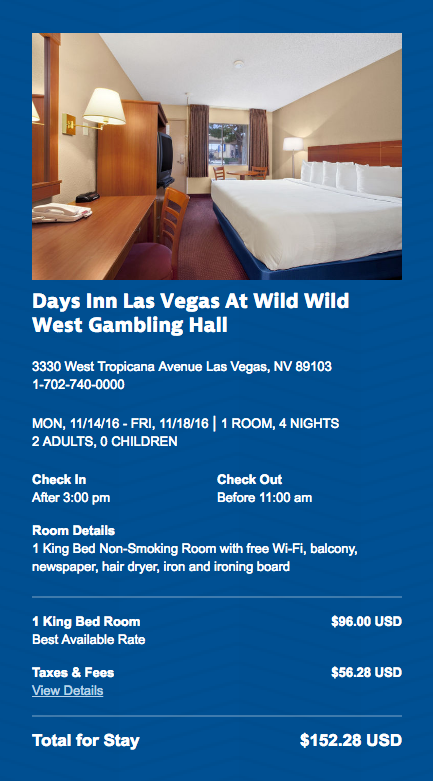
At the opposite end of the spectrum, here’s a $680 per night island property in Miami that charges a resort fee of $150 per night (plus tax), which comes out to 23.6% of the total room charge. The property doesn’t mention that fee anywhere on their website and when called, said it covered access to all of their facilities and a golf cart for guests to use while on the island. When pressed on it over the phone, they actually called back the next day and offered to waive the resort fee, offered me the Florida resident discount rate even though I live in Michigan, and the only stipulation was that my reservation would be non-cancellable. I guess it’s not mandatory after all…
Why Do Hotels Still Charge These Fees?
The reasons why many hotels still charge a resort fee are pretty obvious:
- It’s legal…as long as they disclose the fees before you complete your reservation
- It allows hotels to deceptively lower their advertised room rates then make up the revenue by tacking on resort fees later
- Consumers continue to pay them without questioning what they’re getting in return for their money
Challenging the Status Quo
If a property really wanted to, they could offer a stay for $50 a night and charge a $100 resort fee as long as they disclose it prior to booking. Talk about a bait and switch! Cable and internet providers are the one of the only other folks out there charging their customers fees like this with minimal transparency. And, we all know how much everyone loves dealing with them. This deceptive practice has gotten so bad that the FTC is considering changing its current policy as many consumer advocate groups argue that it is unfair and deceptive.
Websites like ResortFeeChecker.com and ResortFees.com are gaining momentum because travelers are tired to being taken advantage of. In a recent study, roughly 1 in 10 travelers to Las Vegas actually changed where they planned to stay in order to avoid paying resort fees. In my opinion, hotels have three options if they want to see continued success as their guests become more discerning:
Option #1 – A La Carte Service Fees and Packages
If properties want to keep resort fees in place, they have to acknowledge that it takes unique and luxurious upgrades to justify them as well as a market willing to pay for them. If people don’t take advantage of those perks, the property should offer to waive the fees. A recent study confirmed consumer sentiment for this approach.
Option #2 – Roll the Resort Fee into the Room Rate
Hotels could drop the resort fee entirely and roll it into the room rate. Let the consumer know exactly what they’re paying for and allow them to make their own decision, with no hidden fees/charges. The same study referenced in Option #1, found that 67% of consumers preferred this type of bundled pricing. Truly savvy brands will utilize this as a marketing opportunity to explain higher room rates and differentiate themselves from competitors who still nickel and dime their customer base.
Option #3 – Do Nothing While Competitors Choose Options #1 & #2
Hoteliers that refuse to change will continue to benefit from unsuspecting, price-conscious consumers…for the short term. However, many hotels already see the changes in consumer spending habits and have updated their pricing model to mirror the options above. If this consumer behavior trend continues, businesses who are slow to respond to the change will likely see a decline in revenue until their pricing model better reflects consumer demands.
The Hard Truth
Quite frankly, hoteliers are going to need to work harder. Charging resort fees has been an easy revenue generator requiring little to no effort for too long. As consumers become more educated, brands that continue to utilize them will be risking their ability to build long-term brand loyalty, a key performance metric for the travel industry.
Sadly, unless the practice is deemed a form of deceptive advertising by the FTC, many hotels and resorts will likely stay the course as they are too tempted by the easy revenue. Even those who want to change may be too cash-flow sensitive, requiring the short-term revenue resort fees provide just to stay afloat. Additionally, properties in highly-competitive resort destinations like Las Vegas and Miami, where resort fees have been the norm for decades, will likely be the last to change as it will put them at a disadvantage price-wise in online search results. To survive, these hotels will likely continue to advertise low rates that undersell the market and focus on a volume-driven strategy, targeting the most price-conscious consumers.
Unfortunately for them, transparency is the currency businesses trade in today. The internet provides everyone with more options and information than they know what to do with. Consumers, even cost-conscious ones, are deciding they don’t want to do business with organizations who aren’t honest and upfront with them.
If you’re a consumer who has successfully challenged these charges or a hotelier who is considering changes to your fees, I would love to get in touch. Email me at John@StockiExchange.com or contact me online here.
In a recent blog post on Essential Travel Tips, I scratched the surface on some of the perks that airline lounges offer travelers. Today, I want to take a deep dive into the benefits that an airline lounge membership offers as well as provide all the information necessary for you to decide whether or not an airline lounge membership is right for you. You might be surprised to find out that many lounges provide the feeling of flying first class without costing an arm and a leg.
(more…)
